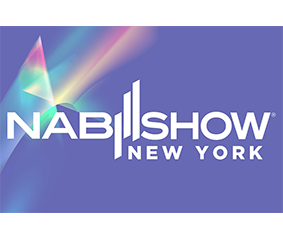In the early 1990s, TV broadcasting in the U.S. was revolutionized by the transition from analog NTSC broadcasting to the ATSC Digital Television (DTV) broadcasting standard we use today. Not only did the TV picture widen from a standard 4:3 aspect ratio to HD 16:9 widescreen, broadcasters could now deliver multiple signals—usually the main HD channel plus two or three SD subchannels—as a multiplexed stream within their allotted 6 MHz DTV channel.
While local TV affiliates typically put an SD version of their primary channel on one of these subchannels, they often fill the rest with their own branded content, such as news, sports, and weather. Another popular strategy for filling these subchannels is to license programming from companies that produce ad-supported networks tailored to over-the-air multicasting. Popular turnkey options offer a wide array of programming including:
• COZI TV, MeTV, Retro TV, and Antenna TV all showing classic TV series and reruns
• Spanish-language fare
• Classic movies from networks like Movies!
• Game show networks like Buzzr TV, and
• Non-commercial programming like World, Create, and Kids from PBS
Like the main DTV channel, programs broadcast on the subchannels must also provide closed captioning to ensure accessibility by deaf and hard of hearing viewers. This programming must also comply with the FCC’s quality rules, which stipulate the need for:
• Accuracy
• Onscreen placement that doesn’t obscure other important visual elements
• Captions running from start to finish, and
• Synchronicity between the spoken dialogue and its corresponding onscreen captions
In our next blog, we’ll take a closer look at the operational demands of captioning programming in a multi-channel DTV broadcast stream, and how the enCaption automated closed captioning system from ENCO can do the job accurately, affordably, in near real-time, and with round-the-clock availability right on the premises.








